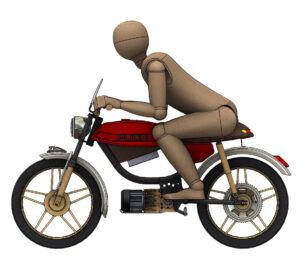Results
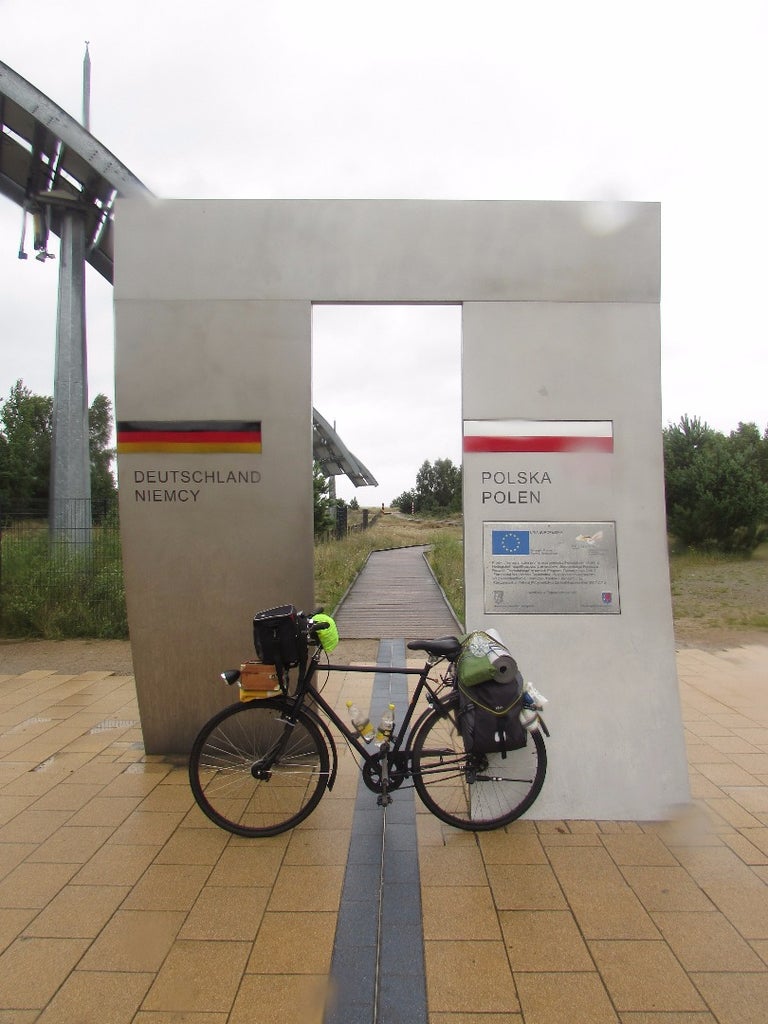
I’ve used the parts during a 20 days trip around Sweden, Poland, Germany and Denmark without problems. The front bag was absolutely full with food during the whole trip and there were a lot of bumpy roads in the path too. The parts worked great and they are still rock solid. I’ve listed some results from this study below.
1-Interestingly, epoxy doesn’t stick to 3d printed ABS plastic well. So extra holes and negative details that provide holding points for the cured epoxy is mandatory.
2- Covering a 3d printed part is much difficult than simply filling an empty part. It takes a lot of time. In the end this produces a lighter part. And there is certainly a great strength improvement over a 3d printed part without reinforcement. It is easy to see this, comparing a reinforced and non reinforced parts by simply trying to twist them by hand. The reinforced part is absolutely rock solid while the other is not.
3- The second method of reinforcing is much easier and produces a much neater result. There is nearly no need for cleaning after curing. And the produced part is like granite. 🙂
4- I’ve tried two approaches with different amounts of fiberglass, when handled, they both give the same feeling for strength and solidity. But the one with more fiberglass should be able to bear more weight before breaking I strongly guess.
5- The second design produces a heavier part, as it is completely full with epoxy and fiberglass. Removing the abs plastic parts surrounding the epoxy reduced some weight. But it also changes dimensions of the completed part. So dimensions must be adjusted during design, taking into the change the lack of abs plastic will bring.
6-Grooves and empty spaces can also be put into the design of the second part to prevent epoxy to fill into them, thus creating a lighter part.
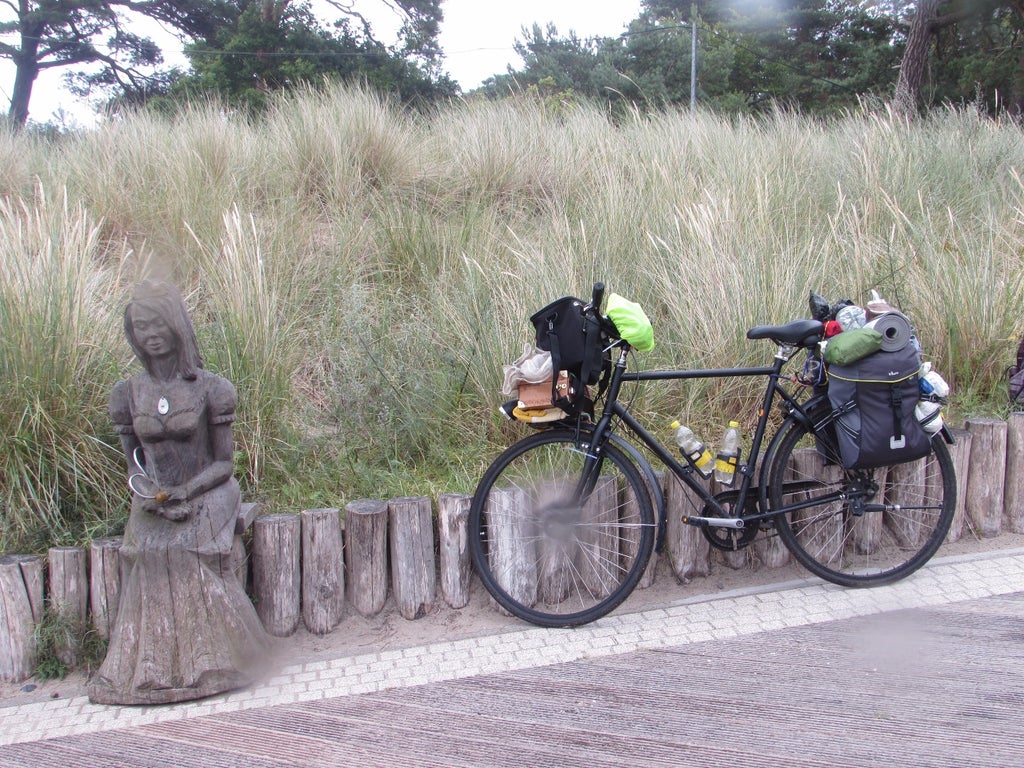
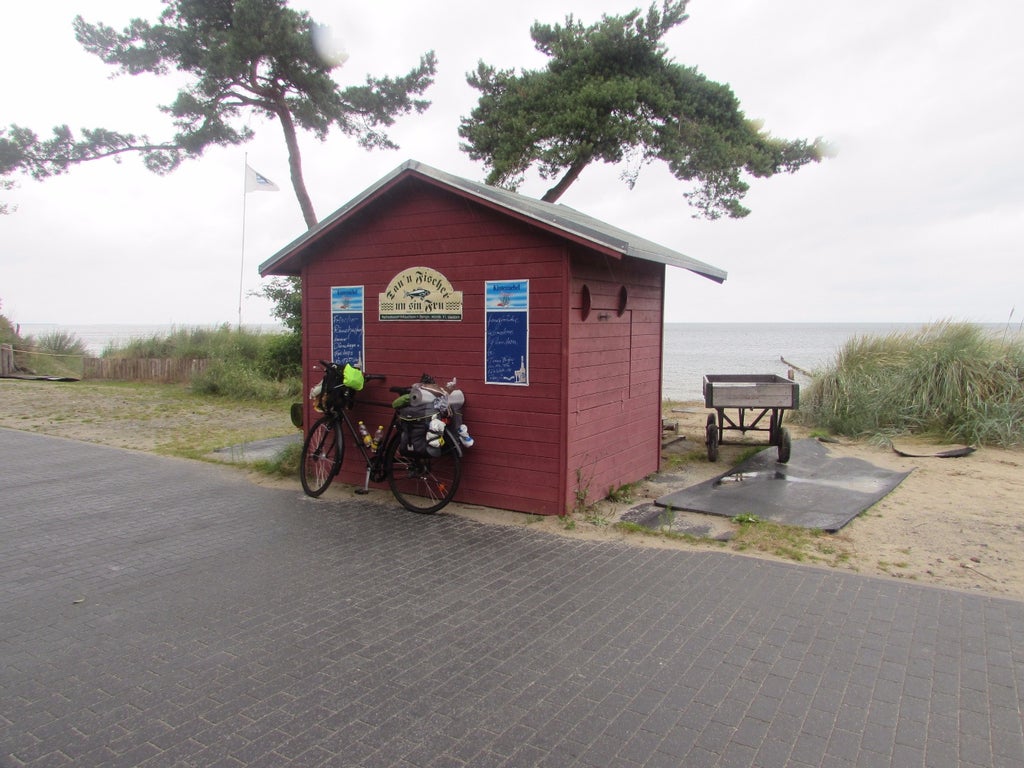
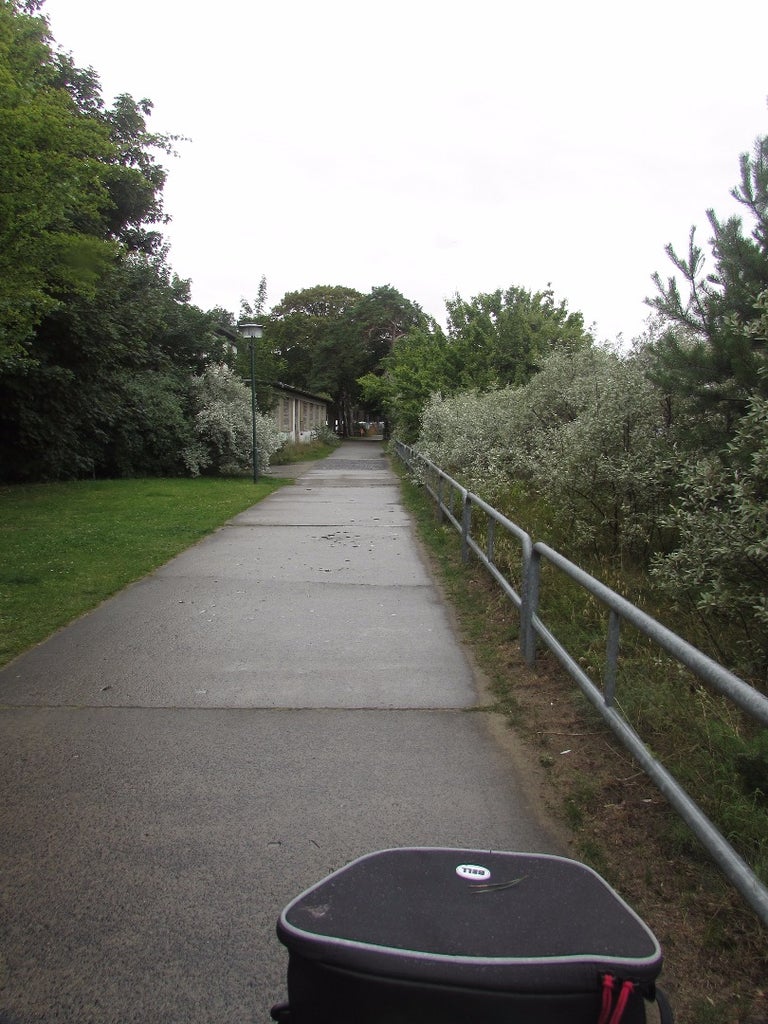






 Users Today : 52
Users Today : 52 Users Yesterday : 75
Users Yesterday : 75 Users Last 7 days : 593
Users Last 7 days : 593 Views Today : 225
Views Today : 225 Views Yesterday : 248
Views Yesterday : 248 Views Last 7 days : 2324
Views Last 7 days : 2324 Total views : 1288535
Total views : 1288535 Who's Online : 0
Who's Online : 0